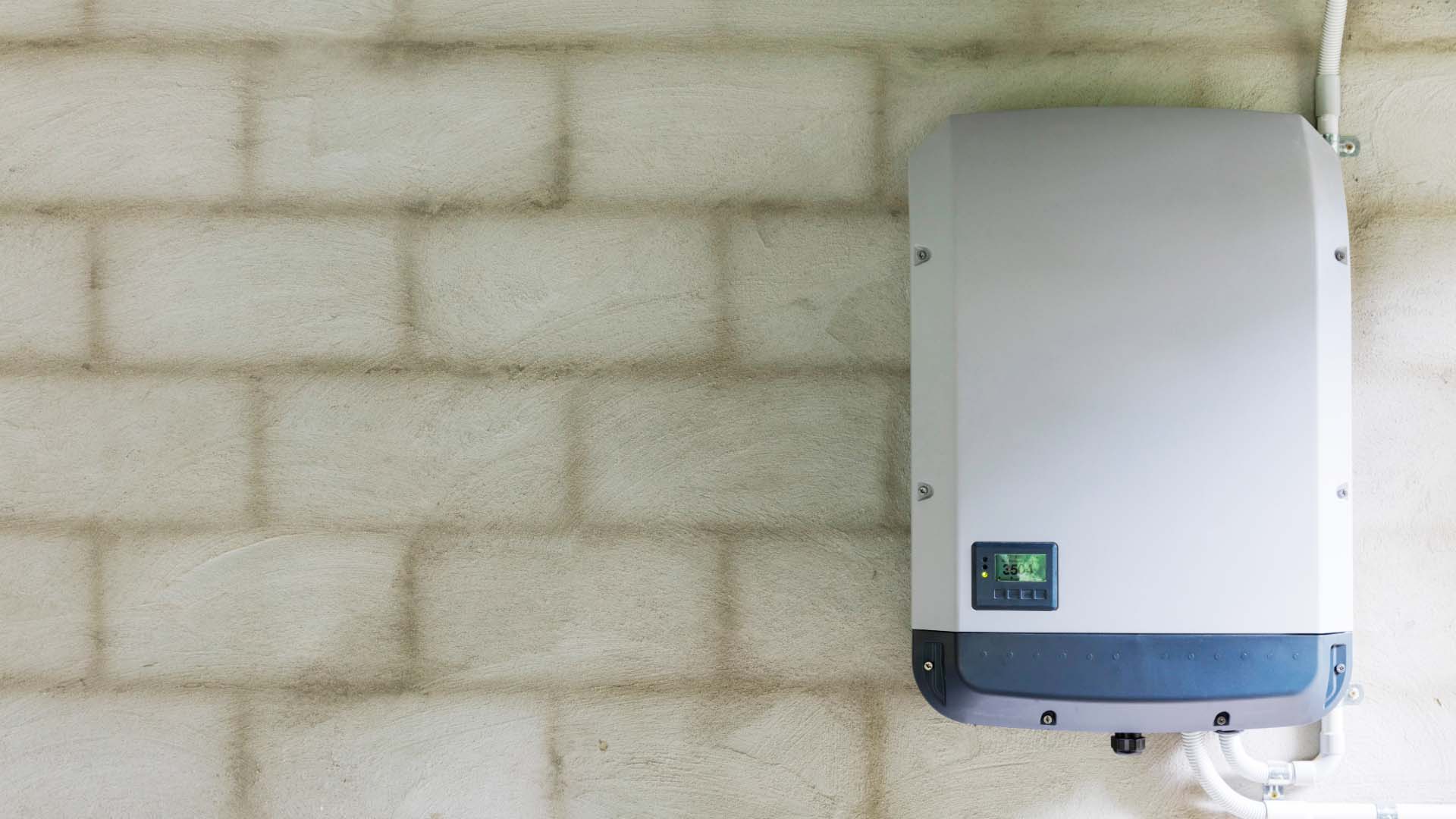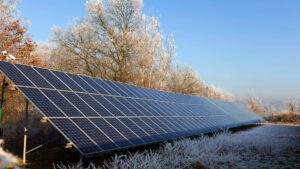by Shawn Crowle
If you’re installing a solar system, you’ll need inverters to convert the electricity your panels generate into power your home can use. But what type of inverter should you choose?
The two most common options are string inverters and micro-inverters—and while both serve the same essential function, they work differently and have distinct pros and cons. Let’s break it down so you can understand which option is best for your system.
What is an Inverter?
Solar panels produce direct current (DC) electricity, but your home runs on alternating current (AC) electricity. That’s where inverters come in—they convert DC into AC so your home can use the power you generate.
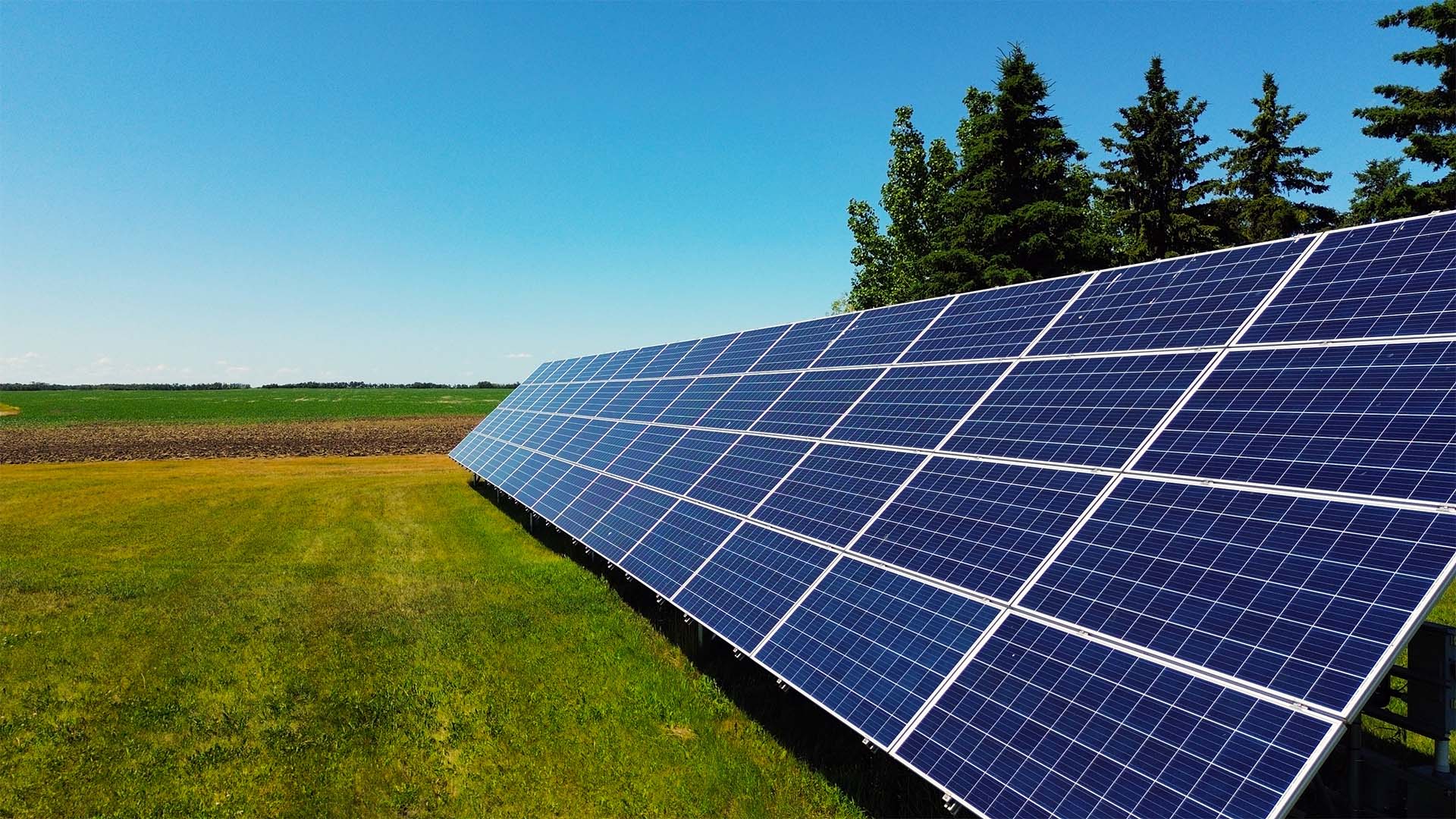
String Inverters – A Cost-Effective Choice for Ground Mounts
String inverters connect multiple solar panels in a row (a “string”) to a single inverter, which then converts the power for your home. This setup is commonly used for ground-mounted solar systems, where panels are farther from the combiner panel, and reducing wiring costs is a priority.
Pros of String Inverters
- More Affordable: Fewer inverters are needed, making this the cheaper option.
- Great for Ground Mounts: Because they sit farther from the combiner panel, they reduce wiring costs.
- Easier Maintenance: Since there are only one or two inverters for the whole system, troubleshooting and repairs are simpler.
Cons of String Inverters
- Single-point Failure Risk: If the inverter stops working, none of the connected panels can produce power.
- Row dependency: if one panel in the string is affected by shade, dirt, or a malfunction, it impacts the whole row’s output.
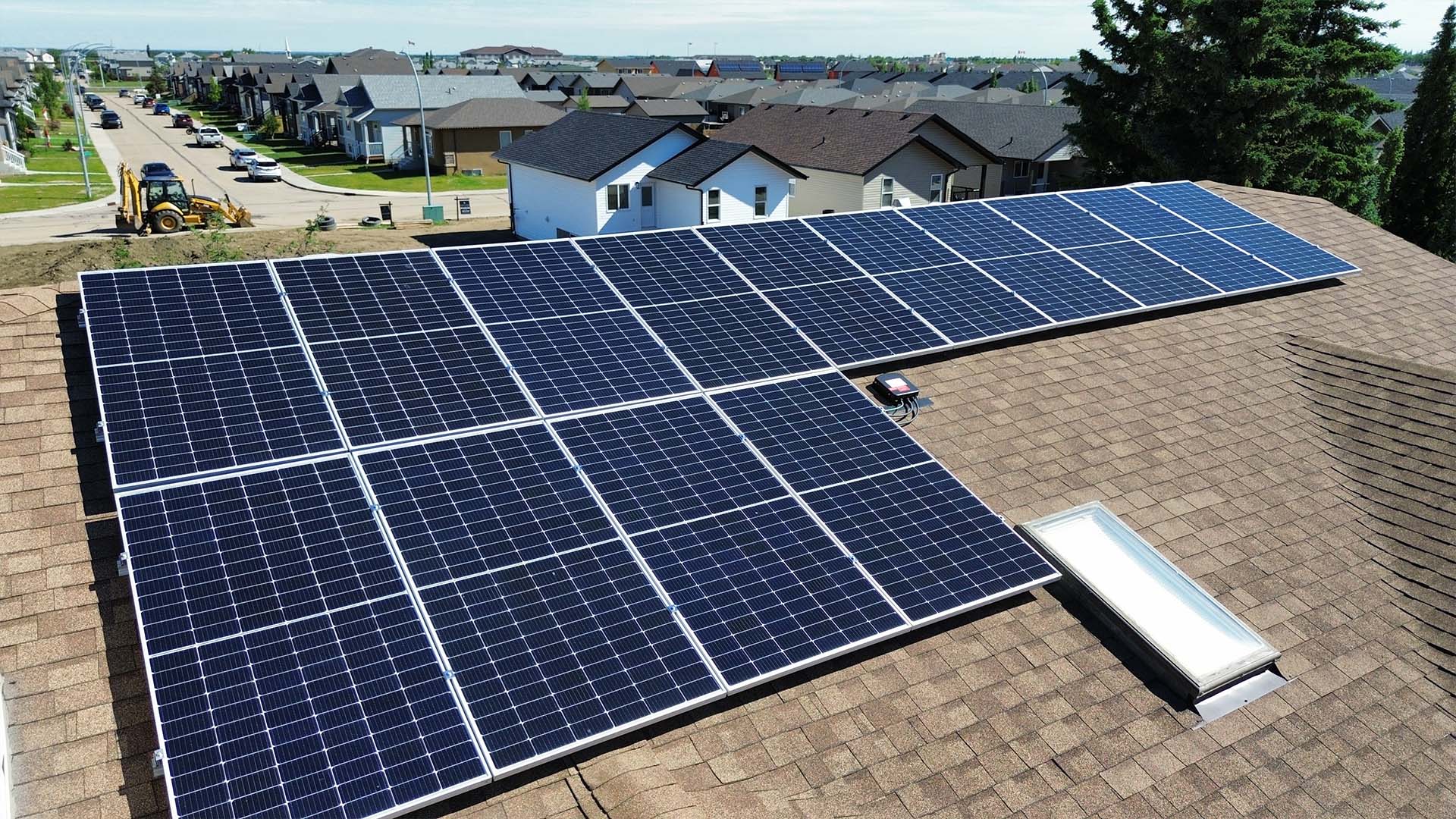
Micro-Inverters: A Smart Choice for Rooftop Solar
Microinverters take a different approach. Instead of converting power for an entire string of panels, each microinverter is connected to just two panels, allowing them to operate independently. Because of this, they are more commonly used in residential rooftop installations, where they’re close to the panel and extra wiring doesn’t add significant costs.
Pros of Micro-Inverters
- Greater Reliability: If one inverter fails, only the two connected panels stop producing power instead of an entire row.
- Better Performance Monitoring: Because each inverter is linked to just two panels, it’s easier to track output and detect issues.
- Ideal for Rooftop Mounts: Being close to the panel means additional wiring costs aren’t a concern.
Cons of String Inverters
- Higher Upfront Costs: Since you need more inverters, the initial investment is typically more expensive.
- More Components to Maintain: With multiple micro-inverters instead of just one or two string inverters, there are more potential points of failure over time.
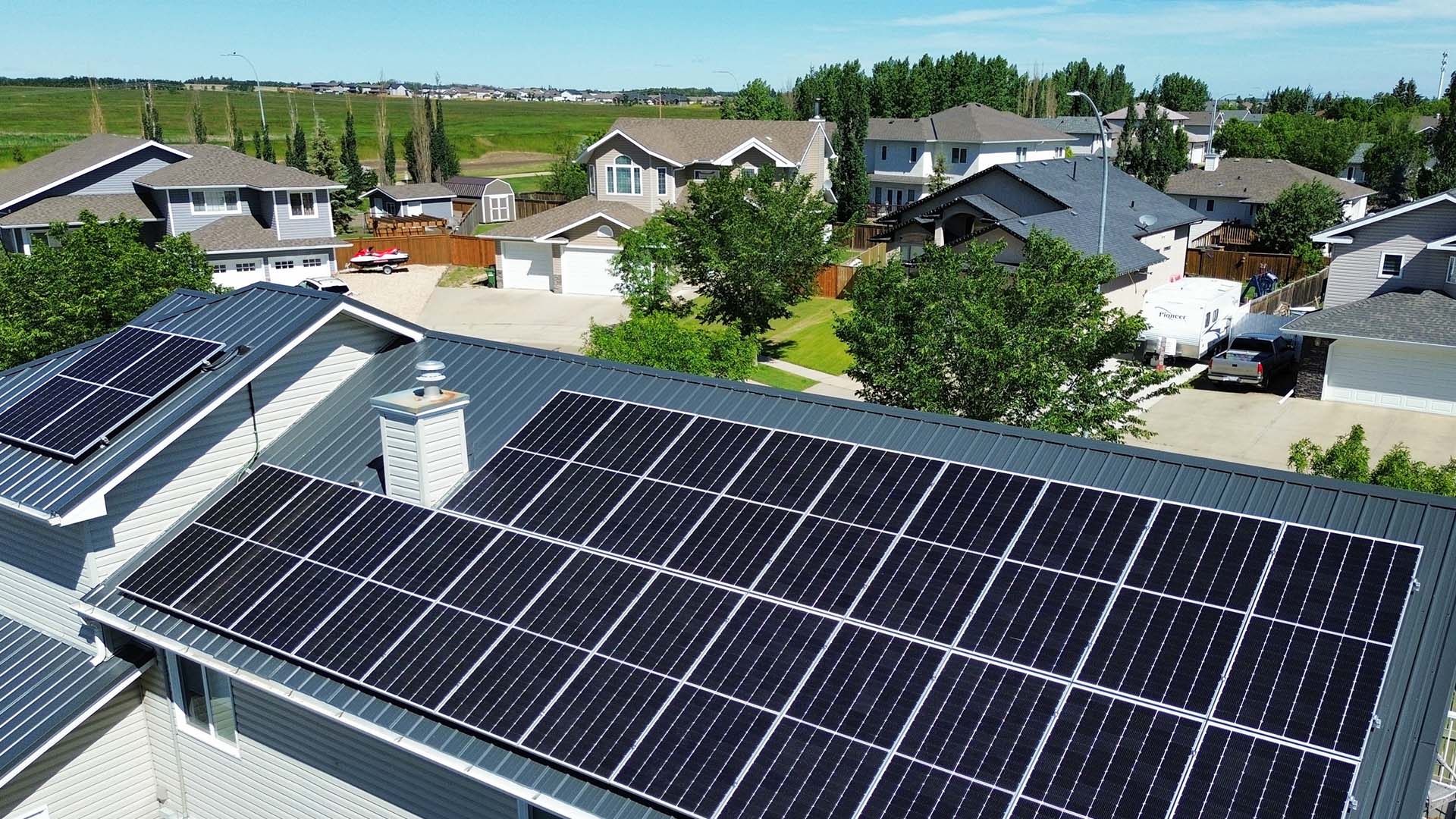
Which One is Right for You?
There’s no one-size-fits-all answer—it depends on your specific installation and energy needs.
- If you’re installing a ground-mounted system, string inverters may be the better option because they reduce wiring costs and keep the system simple.
- If your solar panels are going on your roof, micro-inverters may offer better efficiency and reliability, especially if your panels will experience partial shading at certain times of the day.
Your solar installer will help determine the best option for your system, ensuring you get the most out of your solar investment.
The Bottom Line
Both string inverters and micro-inverters have their place in solar energy systems. String inverters are a cost-effective choice for ground-mounted setups, while microinverters provide better flexibility and reliability for rooftop installations. The right choice depends on your home, location, and energy goals.
Have questions about making the most of your solar power? Give us a call at (780) 781-4115 – we love to talk solar!

